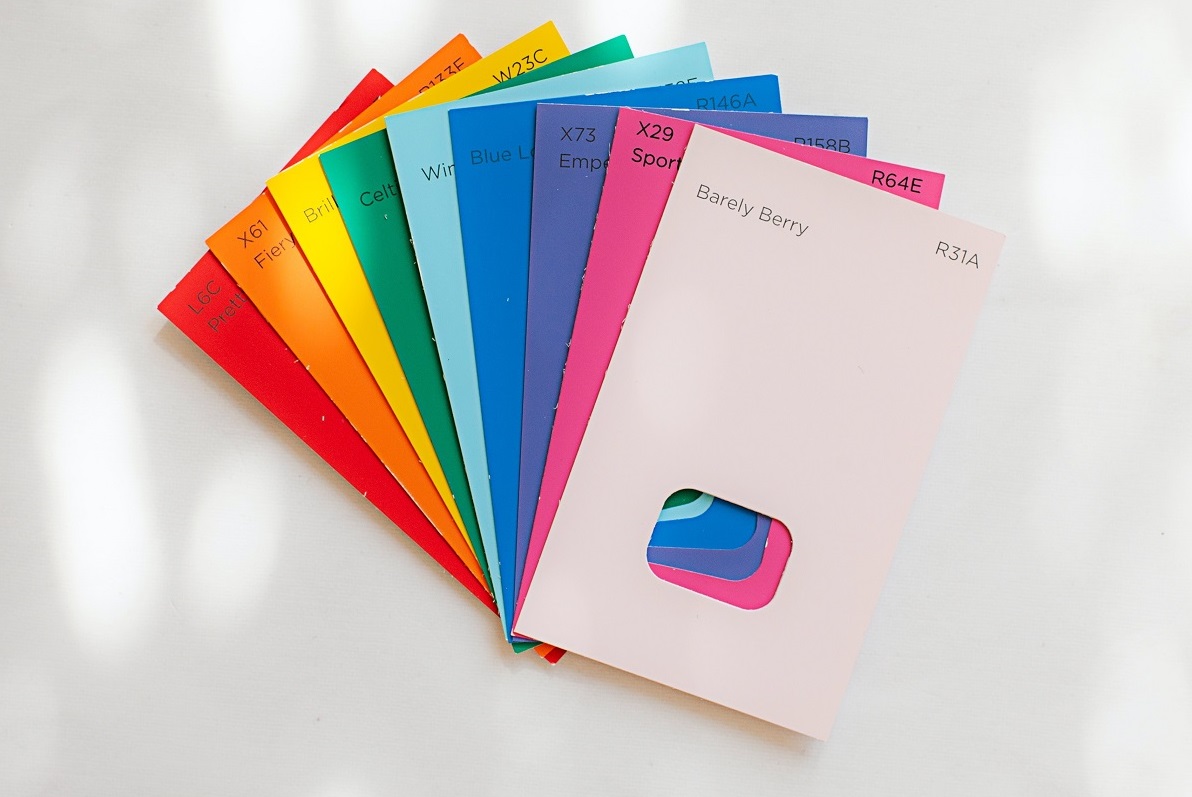Emma Wall: Hello, and welcome to Morningstar. I'm Emma Wall and I'm joined today by Professor Martijn Cremers to talk about active share.
Hello, Martijn.
Martijn Cremers: Hi. How are you?
Wall: So the first question I'd like to ask is, what is active share?
Cremers: Active share is a very basic measure of how different the holdings of a fund are relative to the holdings of a benchmark. So, benchmarks have zero active share. They are fully overlapping holdings with themselves. A high active share fund means that the weights of the fund are very different than the weights of the benchmark. So you know you're going to get something very different.
Wall: Your studies have looked to the correlation between active share and performance. What is that correlation?
Cremers: It's hard to predict performance. It's a bit of a fool's game. At the same time, we find one very strong result, and that is that the low active share funds -- these are the funds that have a lot of holdings that are the same as the holdings in the benchmark, that have substantial overlaps -- those funds with low active share, below 60% or so, substantially underperform.
On the upside, there is much weaker evidence -- active managers have had a hard 10 to 15 years, but there is some evidence, depending how you look at it -- that the high active share managers, even as a group, have performed fine.
Wall: Does that mean as an investor, I should ignore passives entirely and just go for those high active share funds?
Cremers: I would say the opposite. If anything, most funds are not that high active share. Unless you know that the fund is high active share, then passive is, for many investors, the right approach. At the same time, I like the core-satellite approach, where the core would be passive, but then you go wide and you diversify for the satellites and introduce high active share managers. Within high active share, what I found is that a certain patient approach works best.
I just wrote a new paper called "Active Share and the Three Pillars of Active Management." The three pillars are skill, conviction and opportunity. Skill is hard to measure, but high active share means that the manager has the courage of their convictions and a lot of opportunity to be different. And so, in my view, having a high active share means having conviction and opportunity. In general, it takes a lot of skill to successfully run a high active share fund for a while. So whenever you find that the patient high active share managers have done well, that's what I would suggest for the satellite.
Wall: It's really about eking out those closet trackers, those people you are paying for active management that are actually doing better than the benchmark, and being left with pure passive and pure active management.
Cremers: That's right, especially because many of the low active share funds are not that cheap.
Wall: Martijn, thank you very much.
Cremers: Yeah. Thanks for having me.
Wall: This is Emma Wall for Morningstar. Thank you for watching.




















